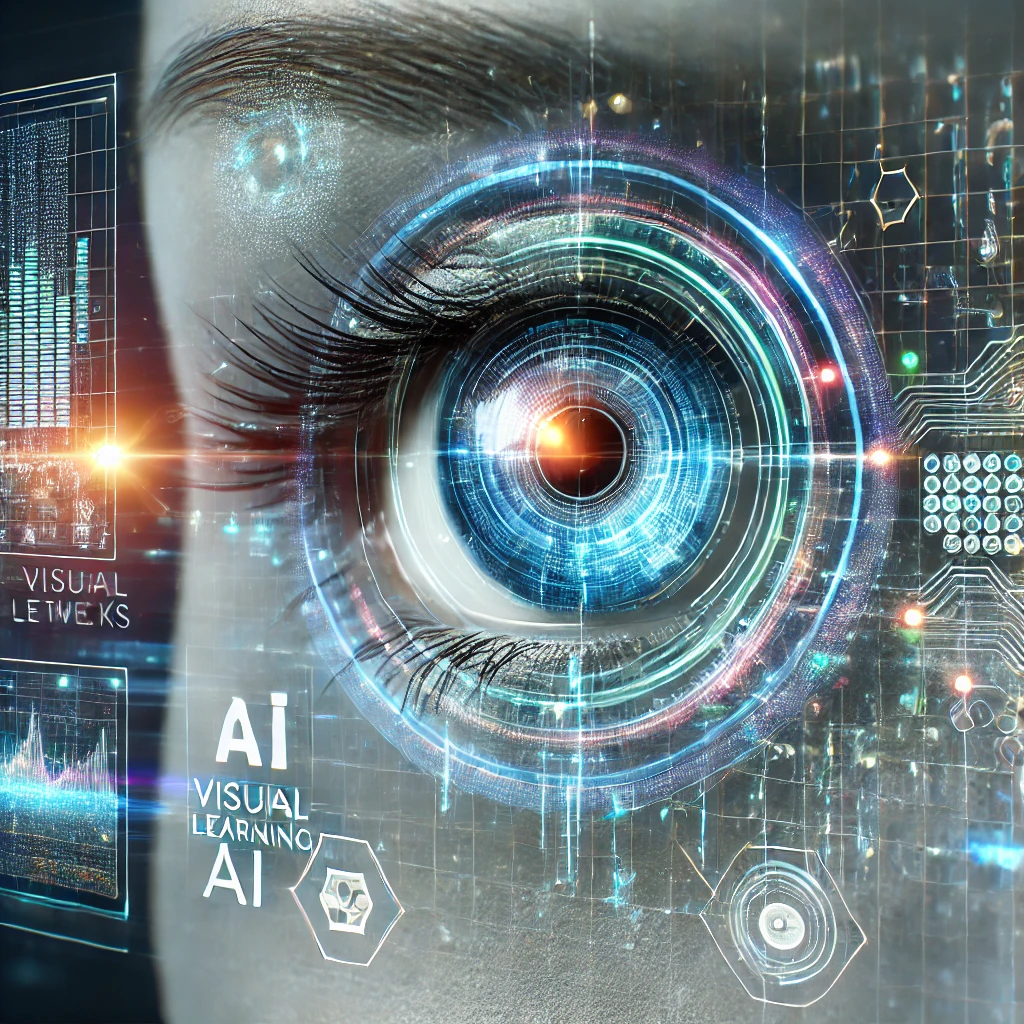What Is Visual AI? A Beginner’s Guide to Understanding Visual AI

What Is Visual AI?
Visual AI, also known as visual intelligence, refers to the branch of artificial intelligence that enables machines to interpret and process visual information from the world around them. This technology mimics human vision, allowing systems to understand images, videos, and other visual inputs. By using machine learning and deep learning algorithms, Visual AI can analyze patterns and extract useful insights from data.
How Does Visual AI Work?
At its core, Visual AI combines computer vision and machine learning to detect and interpret visual data. The process typically involves capturing images or videos through cameras or sensors, which are then processed by AI algorithms. These algorithms classify and recognize objects, analyze the context, and even predict outcomes. For example, in healthcare, Visual AI can detect abnormalities in medical images, speeding up diagnostics.
Applications of Visual AI
Healthcare:
Visual AI is transforming the healthcare industry by assisting in medical imaging analysis, helping detect diseases early and with greater accuracy. Tools using AI can scan X-rays or MRI scans to find issues that may be missed by the human eye.
Retail:
In retail, Visual AI is being used for inventory management, automated checkouts, and personalized marketing. AI-driven image recognition systems can help retailers manage stock and analyze customer preferences through visual data.
Automotive:
The automotive industry benefits from Visual AI in the development of autonomous vehicles. Cameras and sensors powered by AI help cars navigate by recognizing obstacles, road signs, and even pedestrians.
The Benefits of Visual AI
One of the key benefits of Visual AI is the automation of tasks that require visual interpretation. In industries like manufacturing, this technology helps detect product defects and ensure quality control. In addition, it enhances customer experiences by offering personalized recommendations based on visual data analysis.
Challenges Facing Visual AI
While Visual AI is advancing rapidly, there are challenges that still need to be addressed. Data privacy is a significant concern, especially when visual data involves sensitive information. Additionally, achieving high accuracy in complex visual environments remains a technical hurdle. Lastly, ensuring that AI systems do not reinforce bias in visual data analysis is critical.
The Future of Visual AI
Visual AI continues to evolve, with advancements expected in fields such as augmented reality (AR) and facial recognition. As the technology becomes more refined, we can expect Visual AI to revolutionize industries from entertainment to security, offering even more innovative solutions for everyday challenges.



